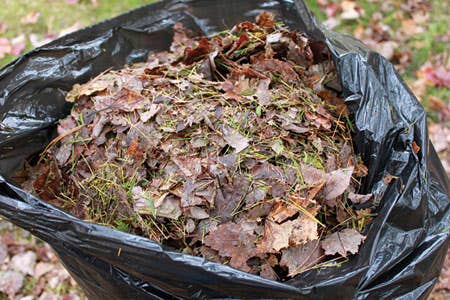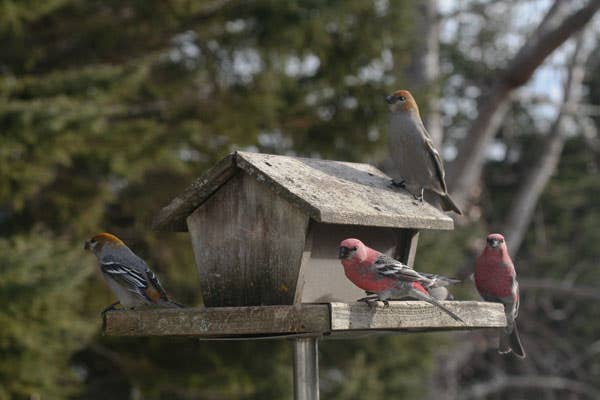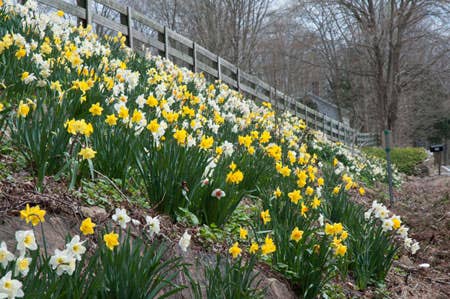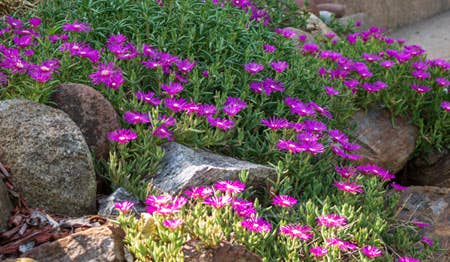Gardening on the Cheap: Starting from Seed
In a tight economy, one way to reduce the cost of gardening is to grow more plants from seed. Here are some easy flower varieties to try and the cheapest way to get them going.
In past years I’ve spent megabucks on my garden, but in today’s economy? Forget it! I’m gardening on the cheap and invite you to join me. Welcome to a new monthly column that will highlight ways for you to stretch your garden budget. We’ll discuss many ideas over the coming months, from spring planning and scavenged containers to rooting your own showy shrubs.
For today, let’s talk seeds. You wouldn’t think a person could blow their garden budget growing plants from seed, but there are ways. The seeds themselves may be inexpensive, but the lights, timers, sterile potting mix, and plastic pots I use to sprout them indoors can all add up. Direct-sown seeds, however, are the ultimate in economy, small thrifty packages that contain a season’s worth of color, texture, or taste.
Veggie gardeners know that a few crops—like broccoli, tomatoes, and peppers—need a long growing season and should be started indoors. But lettuce, peas, beans, cucumbers, and many other seeds can go straight into the ground. While vegetable growers depend on direct seeding, ornamental gardeners often overlook direct-sown annuals. Instead we opt for pricey bedding plants sold at garden centers in spring. Why not skip your usual pansies, petunias, geraniums, and impatiens this year and try something new?
Cosmos are an easy option, whether you prefer the airy orange-to-golden selections of Cosmos sulfureus or the white-to-crimson blooms of Cosmos bipinnatus. Old-fashioned four o’clocks, Mirabilis jalapa, form thirty-inch plants crowned every afternoon with perfumed pink, white, yellow, or striped blooms. Or try moonflower, Datura inoxia (sometimes incorrectly listed as D. meteloides), which bears huge white trumpets that open at dusk, enveloping the evening garden in a delectable fragrance.
When I was a kid, I thought all nasturtiums were orange. Turns out they come in other luscious colors, from the deep red of heirloom ‘Empress of India’ to lemony ‘Moonlight’, creamy-white ‘Milkmaid’, and the fruity pinks of ‘Caribbean Cocktail’. ‘Alaska’ offers white-variegated foliage and a mix of flower colors. Nasturtiums thrive in lean soils, and as a bonus, both leaves and flowers are edible.
For a tropical look, invest in castor beans (Ricinus communis), whose foot-long foliage resembles oversized maple leaves. Three-foot tall ‘Impala’ offers wine-red new growth, but also check out solid burgundy ‘Carmencita’, which grows a towering eight-feet tall. (Warning: all parts of castor beans are poisonous if eaten.) One fast-growing tropical can be grown from kitchen scraps—sow seeds from store-bought papayas for an exotic summer accent. Plants started early indoors become imposing eight-foot giants, while direct sown seedlings reach three feet tall.
Now is the time to order seeds, but remember that warm season annuals should only be planted after your last spring frost. Mulch your planting beds to prevent weed competition, and keep the soil evenly moist until seeds have germinated. There’s no need to scrimp on color this summer—with direct-sown seeds you can have a glorious garden and still make the rent.







